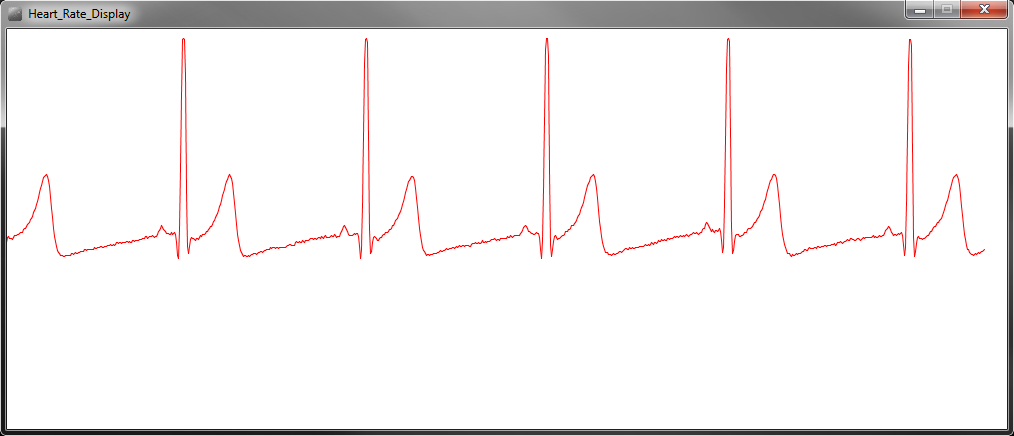

Today, we will try to develop a simple system that will be able to measure ECG signal values and even measure the heartbeat of a person using them. Hence, ECGs are extremely important for a cardiologist or any doctor for that matter.
Elevation of ST-segment: it might indicate myocardial Infarction. Depression of ST-segment: it might indicate Ischemia. Tachyarrhythmia and delta wave: Wolf-Parkinson-White or WPW syndrome. Resting Heart Rate of more than 100: Tachyarrhythmia.  Irregular heartbeat or absence of P-wave: Atrial Fibrillation. Based on the shapes of the above features, their interval as well as the interval between them, we can diagnose a lot of cardiac diseases and irregularities. There are many other features as well, but these are the main ones. U wave - It is not always observed due to its low peak value. T wave - It is a leading wave right to the QRS complex. QRS complex - It is an impulse generated by ventricular contraction. P wave - It is the trailing wave on the left of the QRS complex. Here are the main parts of an ECG signal. These are marked below.Įach interval has an optimal value range, and deviation from that might be linked to a particular disease. It outputs analog values that produce a particular signal that looks as shown below.Īs visible, the signal has a few peaks and important features that are of biological importance. How does an ECG Sensor Work?ĮCG or Electro CardioGraphy is a method to measure some important parameters of a human heart. So let's start with having a brief overview of ECG sensors. In some of our previous projects, we have also built an IoT based heart monitoring device, and a few other patient monitoring projects which you may also like to check. Do note that ECG and EKG are the same things so the terms can be used interchangeably.
Irregular heartbeat or absence of P-wave: Atrial Fibrillation. Based on the shapes of the above features, their interval as well as the interval between them, we can diagnose a lot of cardiac diseases and irregularities. There are many other features as well, but these are the main ones. U wave - It is not always observed due to its low peak value. T wave - It is a leading wave right to the QRS complex. QRS complex - It is an impulse generated by ventricular contraction. P wave - It is the trailing wave on the left of the QRS complex. Here are the main parts of an ECG signal. These are marked below.Įach interval has an optimal value range, and deviation from that might be linked to a particular disease. It outputs analog values that produce a particular signal that looks as shown below.Īs visible, the signal has a few peaks and important features that are of biological importance. How does an ECG Sensor Work?ĮCG or Electro CardioGraphy is a method to measure some important parameters of a human heart. So let's start with having a brief overview of ECG sensors. In some of our previous projects, we have also built an IoT based heart monitoring device, and a few other patient monitoring projects which you may also like to check. Do note that ECG and EKG are the same things so the terms can be used interchangeably. 
Apart from this, we will also understand the use of its shutdown mode and analyze the ECG signal to obtain heart rate and heart rate variability as an application. We will also see different types of ECG sensors in the market, the lead placement for a 3 lead ECG system, and the various medical conditions that can be identified by analyzing an ECG. In this project, we will be exploring AD8232 ECG sensor working and will connect it with Arduino to run some analysis on the resulting waveform for medical diagnosis.







 0 kommentar(er)
0 kommentar(er)
